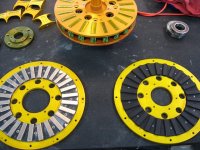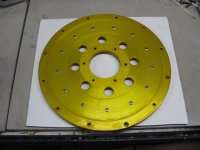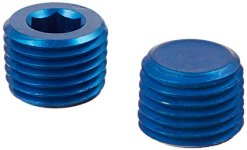larsb
1 MW
Take your time! You can do five or ten on the the same glue session instead.
I'm overly familiar with this type of problem, wiht pretty much all fo my projects. :/APL said:Too much drama the last few days, seems like everything is getting in the way of this project.
It is a "religious thing", but it isn't Spanish. :lol:I had to look up 'Ostral',.. and still don't know what it means.But it looks Spanish, so maybe a religious thing?
Do you mean "Oersted" ?Reminds me of Orested though, a measurement of magnetism,.. Orested-B?
I've been racking my brain on how to mark them north and south, so I can keep things straight while bonding. Didn't want
to line them up on a table, because they could all jump together and break.
Then I realized that if I leave them all stacked together, they are the safest, and just flip over every other one.
Only have 20 minutes, so I need to figure out the fastest way to do it.
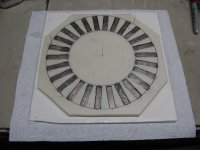
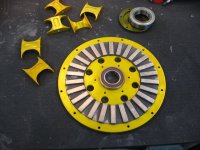
APL said:In hindsight, I should have just used all steel rotors,.. the aluminum just complicates things, and makes more work.
The motor would be thinner, stronger, and maybe even lighter.
APL said:I just love that motor build. Unfortunately, he never finished it, or at least, not yet. Love that CNC!
I wish he would finish it, because I'd like to know how much torque it produces, since it's coreless.
